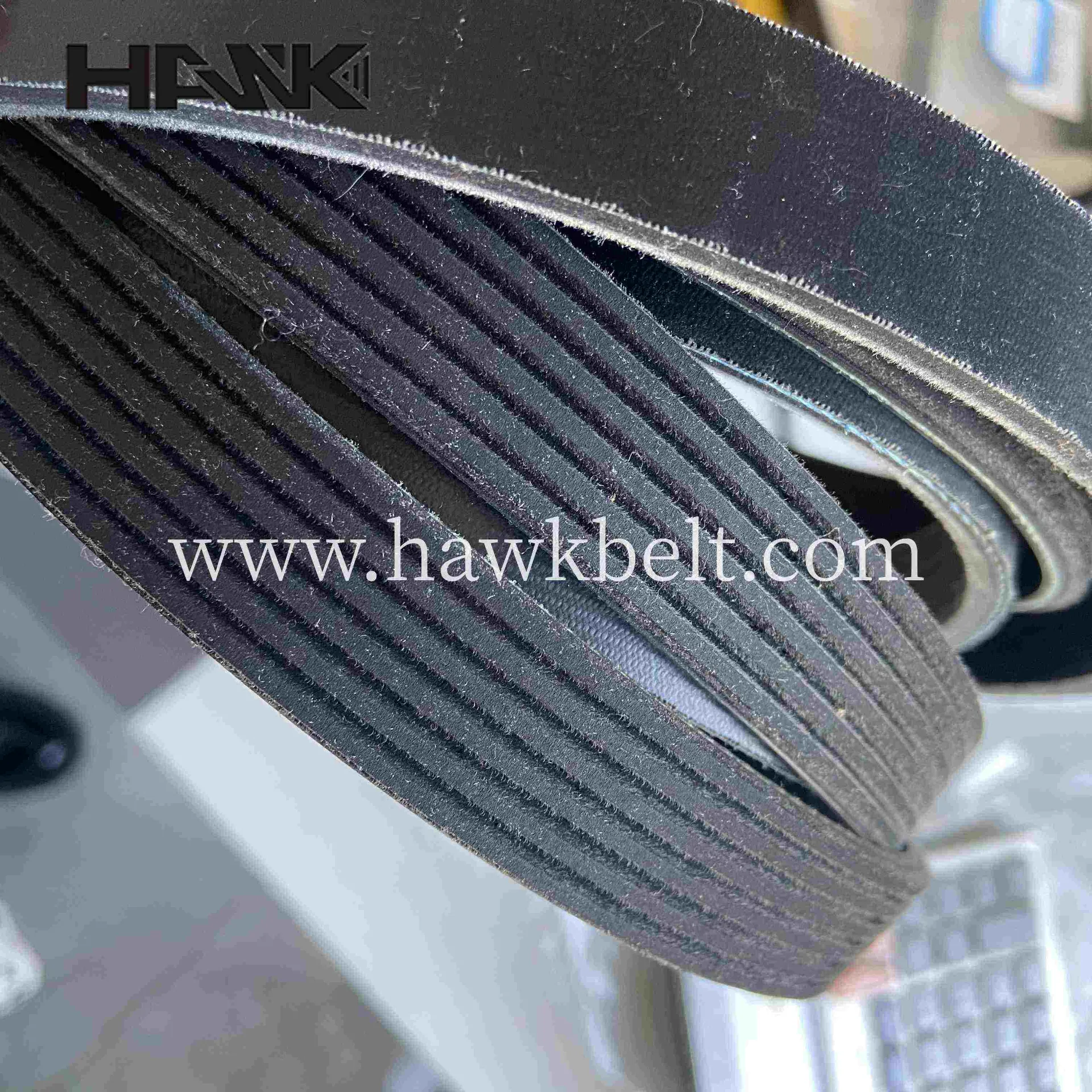- Arabic
- French
- Russian
- Spanish
- Portuguese
- Turkish
- Armenian
- English
- Albanian
- Amharic
- Azerbaijani
- Basque
- Belarusian
- Bengali
- Bosnian
- Bulgarian
- Catalan
- Cebuano
- Corsican
- Croatian
- Czech
- Danish
- Dutch
- Afrikaans
- Esperanto
- Estonian
- Finnish
- Frisian
- Galician
- Georgian
- German
- Greek
- Gujarati
- Haitian Creole
- hausa
- hawaiian
- Hebrew
- Hindi
- Miao
- Hungarian
- Icelandic
- igbo
- Indonesian
- irish
- Italian
- Japanese
- Javanese
- Kannada
- kazakh
- Khmer
- Rwandese
- Korean
- Kurdish
- Kyrgyz
- Lao
- Latin
- Latvian
- Lithuanian
- Luxembourgish
- Macedonian
- Malgashi
- Malay
- Malayalam
- Maltese
- Maori
- Marathi
- Mongolian
- Myanmar
- Nepali
- Norwegian
- Norwegian
- Occitan
- Pashto
- Persian
- Polish
- Punjabi
- Romanian
- Samoan
- Scottish Gaelic
- Serbian
- Sesotho
- Shona
- Sindhi
- Sinhala
- Slovak
- Slovenian
- Somali
- Sundanese
- Swahili
- Swedish
- Tagalog
- Tajik
- Tamil
- Tatar
- Telugu
- Thai
- Turkmen
- Ukrainian
- Urdu
- Uighur
- Uzbek
- Vietnamese
- Welsh
- Bantu
- Yiddish
- Yoruba
- Zulu
nov . 30, 2024 12:43 Back to list
Timing Belt Maintenance and Replacement for Optimal Engine Performance and Longevity
Timing Belt Service Essential Maintenance for Your Vehicle
A reliable vehicle requires regular maintenance to ensure optimal performance and longevity. One of the critical components that often get overlooked until it's too late is the timing belt. This crucial part plays a significant role in the internal mechanics of your engine, and timely service can save you from costly repairs down the road. In this article, we will explore the importance of timing belt service, signs of wear, and best practices for maintenance.
Understanding the Timing Belt
The timing belt is a rubber band with teeth that connects the crankshaft and the camshaft in an internal combustion engine. Its primary function is to synchronize the rotation of these two components, allowing the engine’s valves to open and close at the optimal time during each cylinder's intake and exhaust strokes. If the timing belt fails, the engine can suffer catastrophic damage, often resulting in a complete engine overhaul.
Importance of Timing Belt Service
Regular timing belt service is essential for several reasons
1. Preventing Engine Damage The most critical reason for timing belt maintenance is to prevent severe engine damage. If the belt breaks while the engine is running, the pistons and valves may collide, leading to bent valves, damaged pistons, or even a cracked engine block.
2. Safety A malfunctioning timing belt can lead to sudden engine failure, making it dangerous, especially while driving. Regular inspections and replacements reduce the risk of unexpected breakdowns that could put you and others at risk.
3. Cost-Effectiveness Replacing a timing belt is significantly cheaper than repairing an entire engine. By adhering to the recommended service intervals, vehicle owners can save a considerable amount of money in the long run.
Signs of Timing Belt Wear
Being proactive about timing belt service means knowing the signs of wear and tear. Here are a few indicators that your timing belt might need attention
timing belt service

2. Engine Noise Unusual noises coming from the engine, such as a ticking or slapping sound, could indicate that the timing belt is loose or has worn out.
3. Engine Misfires If you experience engine misfires or poor performance, it may result from a faulty timing belt not maintaining the correct synchronization between the crankshaft and camshaft.
4. Check Engine Light If the check engine light illuminates on your dashboard, it could be due to timing belt issues. It's always best to have a professional diagnose the reason behind this warning.
Recommended Maintenance Practices
To keep your timing belt in optimal condition, follow these maintenance practices
1. Regular Inspections Have your timing belt inspected regularly by a qualified mechanic. They can assess the belt's condition and recommend replacements based on its wear and the vehicle manufacturer's guidelines.
2. Follow Replacement Guidelines Most manufacturers recommend changing the timing belt every 60,000 to 100,000 miles. Always refer to your vehicle's owner manual for specific recommendations.
3. Consider the Timing Belt Kit When replacing the timing belt, it's a good practice to install a timing belt kit, which typically includes a new water pump, tensioners, and pulleys. This ensures that all related components are in good condition.
4. Keep an Eye on Fluid Leaks Oil leaks can deteriorate the rubber in the timing belt. Ensure that your engine is free of leaks to prolong the lifespan of your timing belt.
Conclusion
In conclusion, timing belt service is an essential aspect of vehicle maintenance that should not be overlooked. Regular inspections and adhering to manufacturer recommendations will help ensure that your timing belt remains in good condition, preventing catastrophic engine failure and costly repairs. By investing time and resources into timing belt maintenance, you not only protect your vehicle but also enhance your safety on the road. Your vehicle is an investment; treating it with the care it deserves will ensure it serves you well for years to come.
-
Korean Auto Parts Timing Belt 24312-37500 For Hyundai/Kia
NewsMar.07,2025
-
7PK2300 90916-T2024 RIBBED BELT POLY V BELT PK BELT
NewsMar.07,2025
-
Chinese Auto Belt Factory 310-2M-22 For BMW/Mercedes-Benz
NewsMar.07,2025
-
Chinese Auto Belt Factory 310-2M-22 For BMW/Mercedes-Benz
NewsMar.07,2025
-
90916-02660 PK Belt 6PK1680 For Toyota
NewsMar.07,2025
-
drive belt serpentine belt
NewsMar.07,2025

